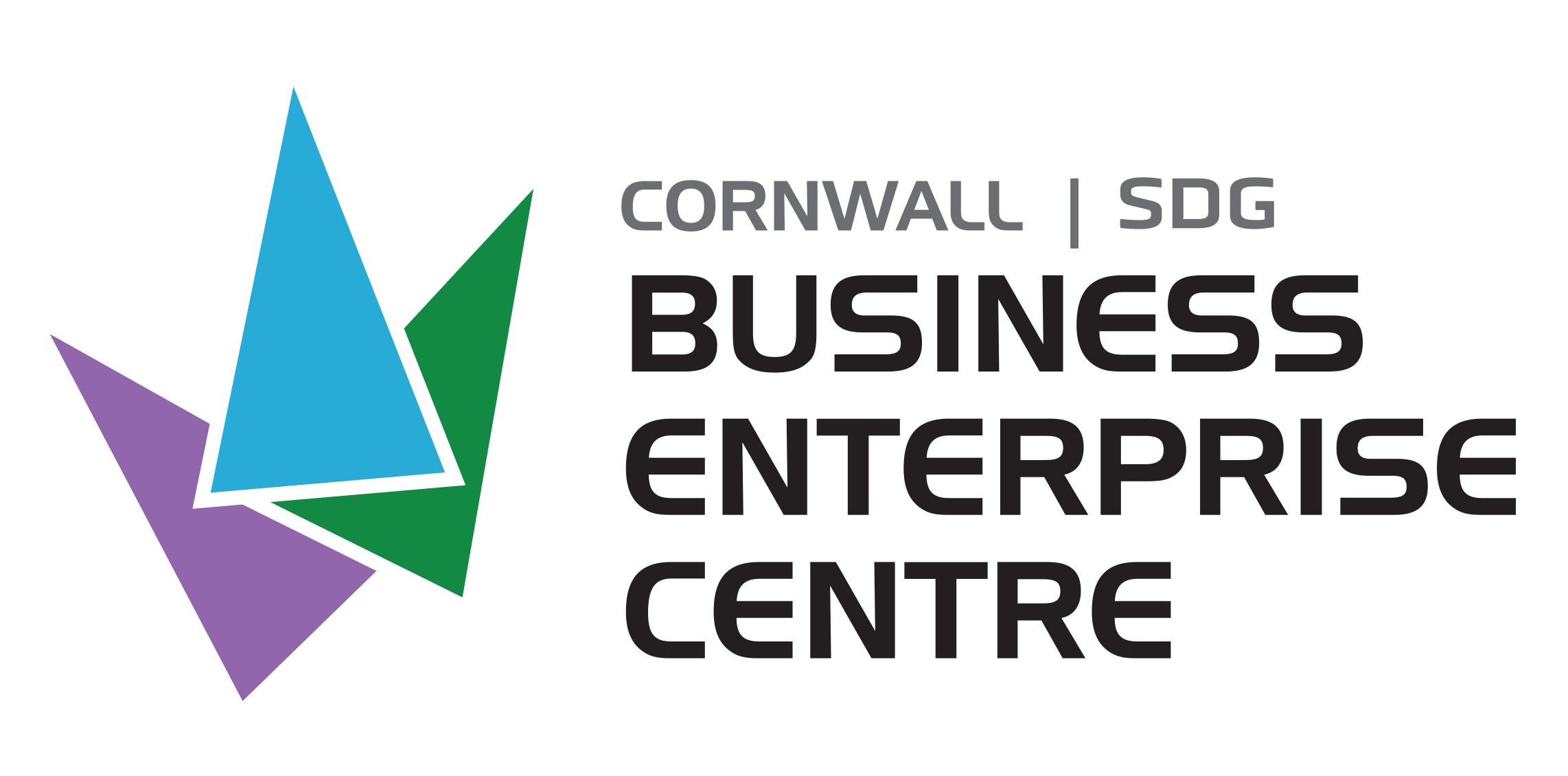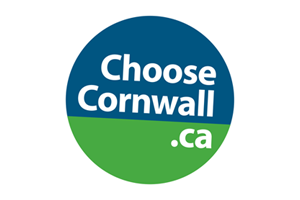Cornwall to Move Back to Yellow as Ontario Responds to New Numbers
November 20, 2020
By Bob Peters
Cornwall Ontario — The province is moving certain public health unit regions to new levels in the Keeping Ontario Safe and Open Framework, which will result in Cornwall moving back to Yellow Protect.
“With the numbers rising rapidly in certain regions, we have to make the tough, but necessary decisions now to protect our hospitals, long-term care and retirement homes, and every person in this province,” said Premier Doug Ford. “We cannot afford a province-wide lockdown, so we are taking preventative action today by moving Toronto and Peel into Lockdown level restrictions and other regions into higher levels of restrictions. We need to take decisive action to stop the spread of this deadly virus.”
Based on the latest data, the following public health unit regions will move from their current level in the framework to the following levels effective Monday, November 23, 2020 at 12:01 a.m.:
- Red-Control
- Durham Region Health Department; and
- Region of Waterloo Public Health and Emergency Services.
- Orange-Restrict
- Huron Perth Public Health;
- Simcoe Muskoka District Health Unit;
- Southwestern Public Health; and
- Windsor-Essex County Health Unit.
- Yellow-Protect
- Chatham-Kent Public Health;
- Eastern Ontario Health Unit;
- Grey Bruce Health Unit;
- Kingston, Frontenac and Lennox & Addington Public Health;
- Peterborough Public Health; and
- Thunder Bay District Health Unit.
These necessary measures are being taken to limit community transmission of COVID-19 in order to keep schools open, safeguard health system capacity, and protect the province’s most vulnerable populations. The Chief Medical Officer of Health and health experts will continue to provide advice to the government using criteria, including:
- Epidemiological indicators such as the number and rate of COVID-19 cases and test positivity;
- Health system capacity indicators including hospital and Intensive Care Unit capacity, access to ventilators and ongoing availability of personal protective equipment;
- Public health sector capacity, including the number of COVID-19 cases and contacts being reached by local public health officials within one day; and
- Ongoing testing of suspected COVID-19 cases, especially of vulnerable populations, to detect new outbreaks quickly.
“As public health indicators continue to worsen in regions across the province, particularly in hotspots like Peel and Toronto, it is clear that more needs to be done to limit community spread of COVID-19,” said Christine Elliott, Deputy Premier and Minister of Health. “As we have seen around the world, lockdowns are a difficult but necessary step to stop the spread, safeguard the key services we rely on and protect our health system capacity. With the recent po sitive news on the development of a vaccine, there is a real hope that we can defeat this deadly virus, but for now we all must continue to follow public health advice and strictly adhere to the restrictions in place.”
Trends in public health data will continue to be reviewed weekly to determine if public health units should stay where they are or be moved into a higher level. Public health units will stay in their level for a minimum of 28 days, or two COVID-19 incubation periods, at which time, the government will assess the impact of public health measure s to determine if the public health unit should stay where they are or be moved to a different level. The Ministry of Health will continue to communicate regularly with local medical officers of health on local context and conditions to help inform the classification of their public health unit region.
For long-term care homes, visitor restrictions apply to those homes in the public health units that are in the Orange-Restrict level or higher. To further protect the health and safety of those in long-term care homes, staff, essential caregivers and support workers who provide direct care to residents in those regions will be tested more frequently for COVID-19, moving from bi-weekly tests to weekly as of November 23, 2020. In addition, support workers who provide direct care and caregivers in those regions will be asked to provide proof of a negative COVID-19 test result in the past week and verbally attest that they have not subsequently tested positive.
For retirement homes, homes in public health regions that are in Red-Control or higher will be in high alert with visitor restrictions as outlined in the Retirement Homes COVID-19 Visitor Policy. Homes will continue to be notified of their alert status by the Retirement Homes Regulatory Authority.
To further support public health regions, the province is making additional enforcement mechanisms available to local medical officers of health who have applied additional measures based on their local conditions and needs. The government is amending Ontario Regulation 950 under the Provincial Offences Act, allowing for a ticket to be issued for any contravention of a COVID-19 specific communicable disease class order issued by a medical officer of health. The government will also ask the Chief Justice of the Ontario Court of Justice to establish a set fine to be attached to any ticket issued for violating a section 22 order relating to COVID-19 made by a local medical officer of health.
“We are asking Ontarians to familiarize themselves with the restrictions in place, follow the rules and public health guidance, and support enforcement officers who are working to help prevent the further spread of COVID-19,” said Solicitor General Sylvia Jones. “Our government will continue to work with law enforcement to ensure they have the tools they need to promote public safety and take the enforcement actions needed to prevent unsafe behaviour.”
Additional Supports Available for Businesses Affected by COVID-19 Public Health Measures
The Ontario government is now providing $600 million in relief to support eligible businesses required to close or significantly restrict services due to enhanced public health measures, doubling its initial commitment of $300 million made in the 2020 Budget, Ontario’s Action Plan: Protect, Support Recover.
Businesses can apply online for temporary property tax and energy cost rebate grants from the province, via an easy-to-use one-window portal. The rebates will cover the length of time that a business is required to temporarily close or significantly restrict services as a result of being located in an area categorized as Red-Control or Lockdown, or previously categorized as modified Stage 2 public health restrictions. Most businesses can expect to receive their rebate payments within a few weeks of submitting a complete application. A detailed list of eligible businesses, as well as instructions for applying, can be found at Ontario.ca/covidsupport.
The federal and provincial governments have been working collaboratively together to deliver benefits and supports to individuals, families and businesses since the onset of COVID-19. Consistent with this, Ontario will work with the federal government to ensure these supports for businesses in COVID-19 hotspots are available in the most straightforward and seamless way possible by integrating these rebates with the federal Canada Emergency Rent Subsidy (CERS) program.
“We will double the funding we have made available to support employers and jobs affected by the necessary public health measures we are taking to protect people during the second wave,” said Minister Phillips. “All of us know a small business owner struggling due to COVID-19. These necessary public health measures we have outlined today will create new challenges ― but as we committed in Ontario’s Action Plan: Protect, Support, Recover, we will continue to be there to protect jobs and support employers.”
QUICK FACTS
- If you have questions about what will be open or impacts to your business or employment, call the Stop the Spread Business Information Line at 1-888-444-3659.
- Find out what level and which regional public measures are in place for your area.
- Municipalities and local medical officers of health may have additional restrictions or targeted requirements in their region, on top of the public health measures required at their specific level.
- The Ontario government has developed a $2.8 billion COVID-19 fall preparedness plan, Keeping Ontarians Safe: Preparing for Future Waves of COVID-19, to ensure the province’s health care, long-term care and education systems are prepared for the immediate challenges of the fall, including a second wave of COVID-19 and the flu season.
- Get tested if you have symptoms compatible with COVID-19, or if you have been advised of exposure by your local public health unit or through the COVID Alert app. Visit Ontario.ca/covidtest to find the nearest testing location.
- To find the right supports, visit COVID-19: Support for People, which has information about the many available and free mental health services and supports.
- To stay safe you can download the COVID Alert App free from the Apple and Google Play app stores.



